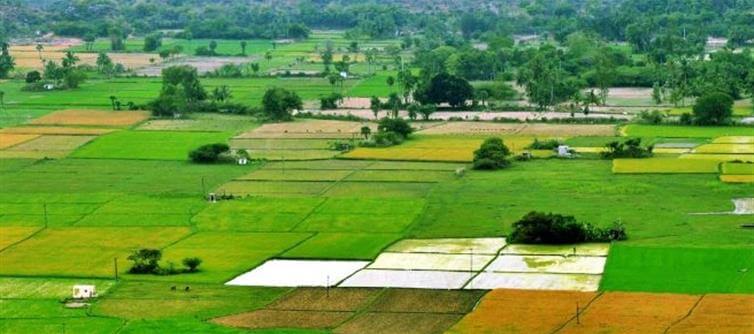
Land has always been more than soil under our feet—it is wealth, power, culture, and history. In india, a nation of 3.29 million sq km, land ownership is deeply tied to politics, development, and heritage. While it’s no surprise that the government is the largest landholder, the identity of the second biggest owner might leave you stunned. Here are the details:
1. government Tops the List
The Government of India holds the largest chunk of land in the country, spread across ministries and public sector enterprises.
2. Central Government’s Massive Portfolio
As of february 2021, the Centre owned about 15,531 sq km of land, divided among 116 public sector companies and 51 ministries.
3. Railways Lead the Pack
Among ministries, the Ministry of Railways owns the most—around 2,926.6 sq km—followed by Defence and Coal, each with about 2,580.92 sq km.
4. Other Ministries With Huge Land Banks
The Power Ministry controls 1,806.69 sq km, Heavy Industries 1,209.49 sq km, and Shipping 1,146 sq km—each holding parcels larger than many small nations.
5. Land Bigger Than Entire Countries
The land under government control surpasses the size of countries like Lebanon, Jamaica, Gambia, and Singapore combined, showcasing just how vast its portfolio is.
6. The Surprising Runner-Up
Right after the government, the second-biggest landowner in India is not a corporate giant or a royal family but a religious institution—with property stretching across states, worth over ₹1 lakh crore.
7. A Legacy From Colonial Times
This institution amassed much of its land during the British colonial era under the Indian Church Act of 1927, and today, its holdings include churches, schools, and disputed properties spread across the nation.
💡 Bottom line: After the government, India’s second-largest landowner is an unexpected entity that shaped its presence during colonial times—and continues to hold land bigger than many states and countries.




 click and follow Indiaherald WhatsApp channel
click and follow Indiaherald WhatsApp channel